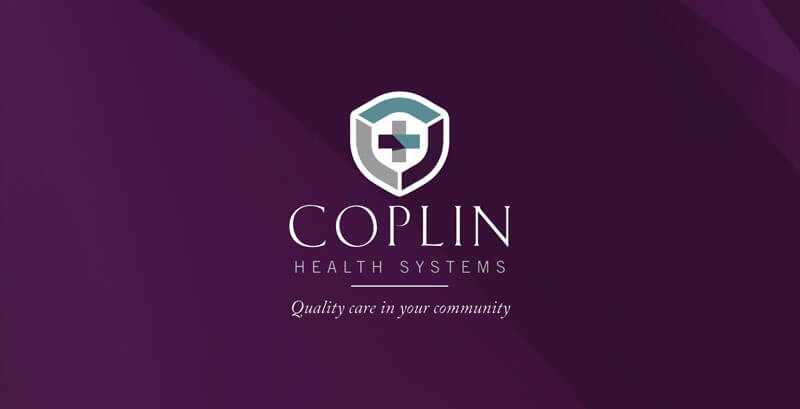Your Seasonal Affective Disorder Questions Answered
The leaves are changing, the days are getting shorter; Autumn is in full swing which means winter is right around the corner. For many, the colder months are a dream with pumpkin carving, Christmas caroling, and winter sports. But for those with Season Affective Disorder (SAD), the fall and winter months can be a nightmare. Luckily, we have sat down to answer any questions you might have about you or your loved one’s SAD:
What is SAD?
Seasonal affective disorder is a type of depression that comes and goes with the seasons, which for most flares up in the late fall and/or early winter and typically diminishes during the spring and summer months. While it is typical for these depressive episodes to occur in the fall and winter months, they can occur in summer months but are much less common.
What are the symptoms?
The majority of SAD symptoms are the same as major depression with an emphasis on symptoms such as:
- Having low energy
- Hypersomnia
- Overeating
- Weight Gain
- Craving for carbohydrates
- Social withdrawal (feel like “hibernating”)
What are the risk factors?
There are several different risk factors that can increase the chance of being diagnosed with SAD such as:
- Being female – between 60% and 90% of those affected with SAD are women
- Living far from the equator – SAD appears to be more common among people who live far north or south of the equator. This may be due to decreased sunlight during the winter and longer days during the summer months.
- Family history – people with SAD may be more likely to have blood relatives with SAD or another form of depression.
- Having depression or bipolar disorder – symptoms of depression may worsen seasonally if you have one of these conditions.
What are the causes?
Though causes are unknown at this time, research has found biological cues such as:
- People with SAD may have trouble regulating serotonin
- People with SAD may overproduce the hormone melatonin
- People with SAD may produce less Vitamin D
What are the treatments?
There are three different types of treatments used for SAD:
- Medication – antidepressants are effective for those dealing with SAD, especially the more intense symptoms. The medication route requires patience and lots of consulting with your doctor.
- Light Therapy – this technique exposes those with SAD to bright, artificial light producing similar effects to natural light, triggering chemicals in the brain to help regulate mood.
- Psychotherapy – a psychotherapist can help identify patterns in negative thinking and behavior that impact depression, teach positive ways of coping and introduce relaxation techniques to get you back on track!
If you or a loved one is experiencing symptoms of SAD, Coplin Health Systems is equipped and ready to treat you and get you back to feeling like your very best self.

October 13, 2020
Attend Our Women’s Health Event for YOU and the Ones You Love
The Southern Local Wellness Center will be hosting a Women’s Health Day event to educate women on the importance of routine check-ups and screenings that can prevent future health complications. From 7:30 a.m. until 1 p.m. on […]

July 30, 2020
Wirt County Family Care Welcomes Native Dr. Darrin E. Nichols Home
Coplin Health Systems is pleased to welcome family physician, Darrin E. Nichols, MD to Coplin Health Systems at our Wirt County Family Care location. Dr. Nichols is from Walker, WV, and is excited to return home and […]

May 1, 2020
Minimize Your Stress While Social Distancing
With constant news updates regarding coronavirus, or COVID-19, and a drastic change in many people’s daily lives, times are tough right now. Many people have switched from working in an office to on their couch and some […]



